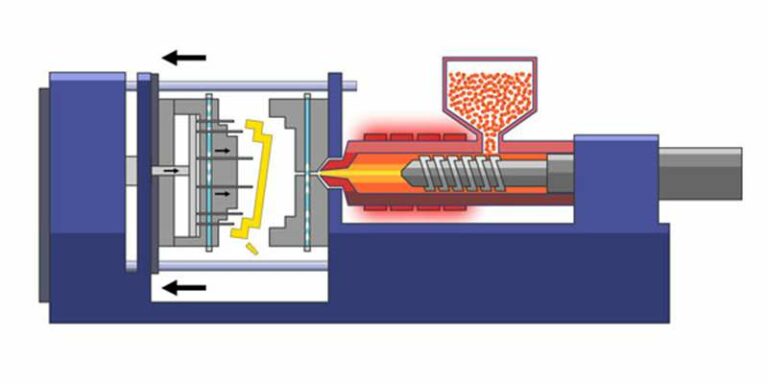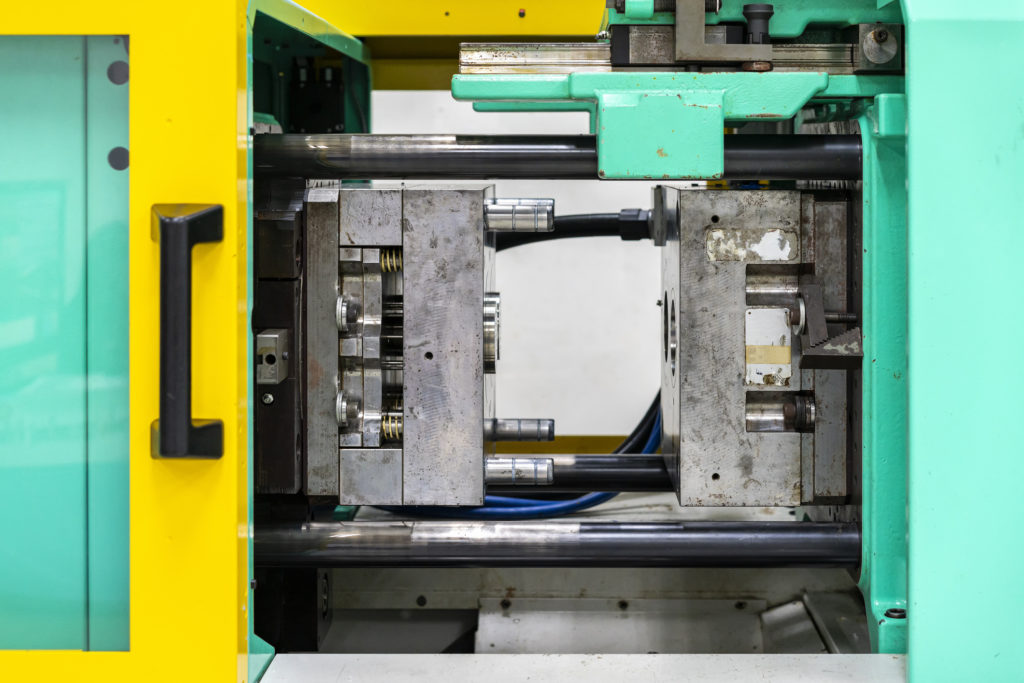A Comprehensive Overview to the Plastic Injection Molding Technology
Plastic injection molding stands as a cornerstone of modern manufacturing, supplying unmatched efficiency and precision in the production of complicated plastic elements. As the landscape of manufacturing advances, understanding the future trajectory of shot molding ends up being progressively essential.

Review of Plastic Shot Molding
Plastic shot molding is a commonly used production procedure that allows the effective manufacturing of complicated plastic get rid of high accuracy. This technology has actually come to be a cornerstone in different sectors, consisting of automotive, durable goods, and electronics, owing to its capacity to produce huge quantities of parts rapidly and cost-effectively.
The procedure entails melting plastic granules and injecting the molten product into a pre-designed mold. As soon as cooled, the mold is eliminated to reveal the ended up component, defined by its detailed information and uniformity. The adaptability of products used in plastic injection molding, ranging from thermoplastics to thermosetting polymers, permits manufacturers to tailor items to satisfy specific demands, such as versatility, resistance, and strength to warmth or chemicals.
In addition, the effectiveness of this technique minimizes waste and lessens manufacturing expenses, making it an eye-catching choice for organizations aiming to optimize their production procedures. As technology advances, advancements such as multi-material shot molding and the integration of automation proceed to boost the abilities of plastic injection molding, enabling the development of significantly sophisticated items that fulfill the needs of modern markets.
The Shot Molding Process
Shot molding is a sophisticated production method that includes a number of essential actions to transform raw plastic materials right into finished items. The process begins with the prep work of plastic pellets, which are fed right into a heated barrel. Below, the pellets are melted and co-opted to accomplish a consistent thickness.
When effectively warmed, the molten plastic is infused into an exactly engineered mold under high pressure. This step is important, as it allows the material to fill up every dental caries of the mold, making sure the end product accurately mirrors the designated style. The shot time must be thoroughly managed to protect against issues and guarantee efficient product use.
After the mold is filled, it goes through a cooling phase, where the plastic solidifies into its final shape. This cooling procedure can vary in period depending upon the density and intricacy of the component. Once cooled down, the mold opens, and the completed item is ejected.
Secret Benefits of This Innovation
Among the most considerable benefits of shot molding technology lies in its capability to produce high volumes of constant and specific parts with very little waste. This performance stems from the automated nature of the process, which considerably reduces manual work and the potential for human mistake. As an outcome, producers can accomplish a high level of repeatability in their outcome, ensuring that each part meets stringent high quality standards.
An additional key advantage is the versatility of materials that can be made use of in injection molding. A vast array of thermoplastics and thermosetting polymers can be molded, enabling customized residential or commercial properties to match details applications. The modern technology supports detailed designs and complex geometries, which can be challenging to achieve with other producing methods.
The first financial investment in mold and mildews may be high, yet the long-lasting savings in material waste and labor make injection molding an economically sensible alternative. These benefits solidify shot molding's position as a imp source favored manufacturing process across various sectors - Plastic Injection Molding.
Applications Throughout Industries

In the clinical field, injection molding is essential for producing premium, sterilized parts, including syringes, medical tools, and housings for clinical tools. The ability to preserve limited resistances and create intricate geometries makes it an ideal option for these applications. Furthermore, the packaging sector take advantage of shot molding by producing a wide variety of containers, closures, and dispensers that are both economical and effective.
The toy industry relies greatly on shot molding to create vivid, resilient, and safe products that appeal to kids. The construction industry utilizes injection molding for Continued generating different browse around here components, fittings, and components that contribute to both capability and layout. Overall, the wide variety of applications shows the essential duty of injection molding innovation ahead of time different sectors.
Future Fads in Shot Molding
Accepting developments in modern technology, the future of shot molding is positioned for considerable makeover driven by developments in products, automation, and sustainable practices. One of one of the most noteworthy trends is the growth of bio-based and recycled polymers, which not just reduce reliance on fossil gas but also lessen environmental effect. As suppliers significantly focus on green options, these products are ending up being a lot more common in manufacturing.
Automation is one more vital fad forming the sector. The integration of robotics and man-made intelligence into the injection molding process improves effectiveness, precision, and manufacturing rate. Smart manufacturing facilities outfitted with IoT tools permit real-time monitoring and anticipating upkeep, decreasing downtime and optimizing operational procedures.
Additionally, the shift in the direction of personalized and small-batch production is acquiring energy. Advanced modern technologies such as 3D printing and additive manufacturing allow quick prototyping and the creation of complicated geometries that were formerly unattainable. This shift enables business to react better to market demands and consumer preferences.
Conclusion
Finally, plastic shot molding modern technology stands for a keystone of modern-day manufacturing, using effectiveness and adaptability in generating complex components across diverse sectors. The detailed exam of the shot molding procedure highlights its crucial stages and benefits, while the expedition of applications underscores its widespread importance. Furthermore, emerging trends, including sustainability and automation, indicate an appealing future for this innovation. Proceeded improvements are likely to boost production capabilities and ecological factors to consider, shaping the landscape of manufacturing.
Plastic shot molding stands as a cornerstone of modern manufacturing, supplying unparalleled effectiveness and accuracy in the production of complex plastic parts (Plastic Injection Molding). The convenience of products made use of in plastic injection molding, varying from thermoplastics to thermosetting polymers, allows makers to tailor products to satisfy certain demands, such as toughness, resistance, and versatility to heat or chemicals
Injection molding is an innovative manufacturing technique that includes several essential actions to transform raw plastic materials right into completed products.The versatility and effectiveness of injection molding innovation have led to its widespread fostering across countless industries.In conclusion, plastic injection molding technology stands for a cornerstone of contemporary manufacturing, offering performance and flexibility in creating complicated parts across varied industries.